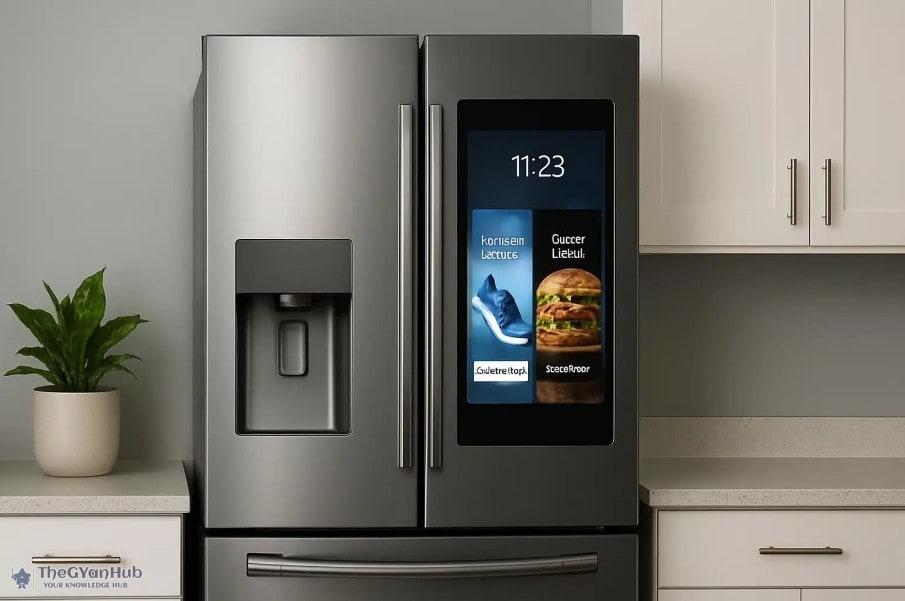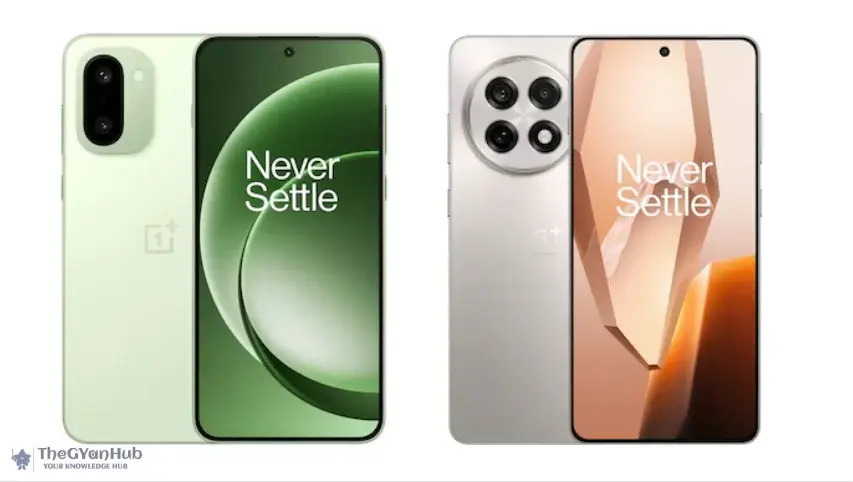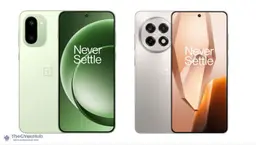I’m a passionate writer who loves exploring ideas, sharing stories, and connecting with readers through meaningful content.I’m dedicated to sharing insights and stories that make readers think, feel, and discover something new.
The Evolution of Smart Appliances
In recent years, smart appliances have revolutionized the way we interact with our homes. From voice-activated assistants to automated cleaning devices, technology has seamlessly integrated into our daily routines. Samsung, a leader in consumer electronics, is now pushing the boundaries further by introducing advertisements on their smart fridge screens.

Why Ads on Smart Fridges?
Samsung's decision to incorporate ads into their smart fridges is driven by the increasing demand for personalized content and the potential for new revenue streams. As these appliances become more connected, they offer a unique opportunity for brands to reach consumers directly in their homes. This move aligns with the broader trend of digital advertising expanding into new and innovative spaces.
According to industry experts, the kitchen is a prime location for targeted advertising. With families spending significant time in this space, smart fridges can serve as a platform for brands to engage with consumers in a contextually relevant manner.
Potential Benefits and Concerns
While the idea of ads on smart fridges may seem intrusive, there are potential benefits for consumers. Personalized offers and promotions could help families save on groceries and discover new products. Additionally, the integration of ads could lead to more affordable smart appliances as companies subsidize costs through advertising revenue.
However, privacy concerns are a significant consideration. Consumers may be wary of how their data is used to tailor advertisements. Samsung has assured users that privacy and data security are top priorities, promising transparency and control over ad preferences.
Industry Reactions
The introduction of ads on smart fridges has sparked mixed reactions within the tech community. Some view it as an innovative step forward, while others are concerned about the potential for ad overload in domestic spaces. Competitors may soon follow suit, leading to a broader adoption of advertising in smart home devices.
As the technology evolves, it will be crucial for companies to balance commercial interests with user experience. Ensuring that ads are unobtrusive and relevant will be key to gaining consumer acceptance.
What This Means for the Future
The integration of ads into smart fridges is indicative of a larger trend towards the commercialization of everyday objects. As the Internet of Things (IoT) continues to expand, we can expect more household devices to serve dual purposes as both functional tools and advertising platforms.
This shift presents exciting opportunities for marketers and challenges for consumers. As we navigate this new landscape, it will be important to consider the implications for privacy, user experience, and the overall impact on our daily lives.
Further Reading
Related articles in this category
Samsungsmart fridgesdigital advertisingIoTconsumer electronicsprivacy concernskitchen technologypersonalized contenthome appliancesadvertising trends









